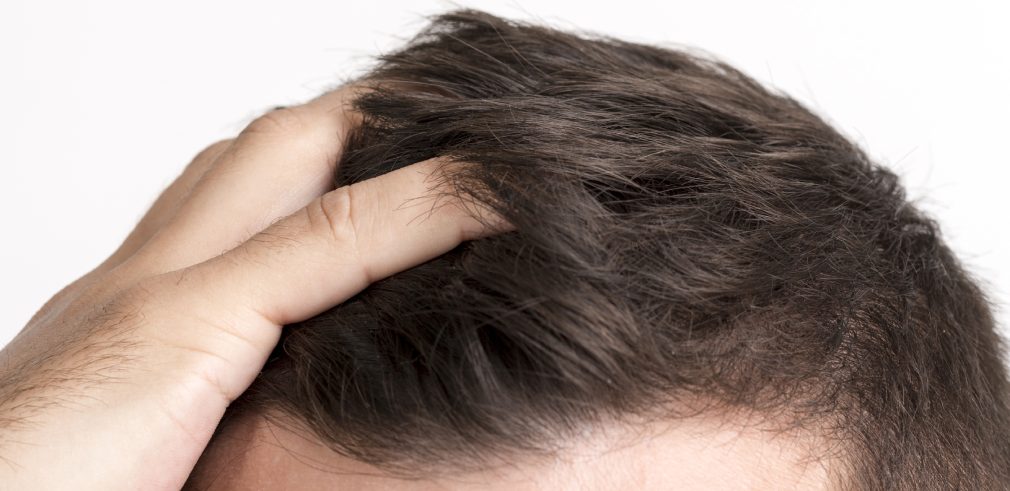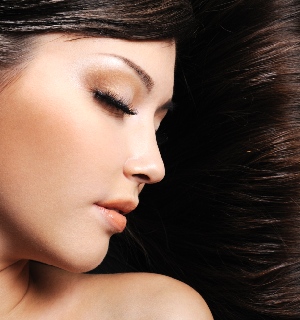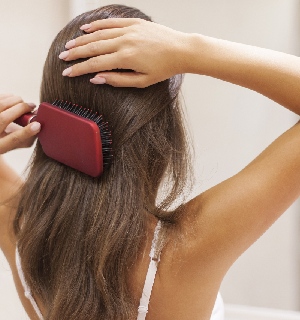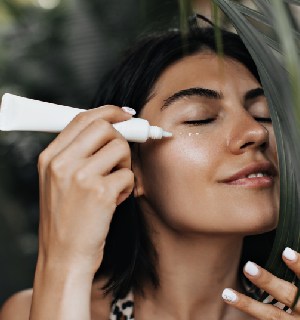It is the redistribution or rearrangement of the existing hair follicles in a particular pattern by various techniques so as to cover the bald areas of alopecia and give a good cosmetic camouflage. Androgenic alopecia can happen in a male pattern (recession of the fontal hairline and thinning of hair of vertex ) or a female pattern ( diffuse thinning over the crown and increasing central partition with an intact frontal hairline)
This happens because of increased concentration of androgens (male hormone) and its action on the scalp hair (which happens via androgen receptors). The hair at the back of the head does not have these receptors and hence is not influenced by this hormone. It is because of this reason that the hair at the back of the head is used for hair transplantation.
In androgenic alopecia, there is progressive miniaturisation of hair follicles, meaning shrinking of terminal hairs (dark thick black) to vellus-like hairs (thin, small, fragile and light in colour)and the growth of hair decreases. Hair becomes shorter and thinner and there is increased hair shedding.
The best patient for hair transplantation is the one who is preferably aged 25 years or older with good donor hair density. There should be no contraindications like keloidal (scarring) tendency.
In females it is done in those with high donor hair density and failure of medical treatment. In scarring kind of alopecias it is best when done for post traumatic scars and not in the progressive king.
Reconstruction of eyebrows, eyelashes and side burns is also being done.
Patient should have precise scientific information about the procedure and have a realistic expectation of the result. The transplanted hair falls off in a few days and is totally normal. Hair growth can be noticed only after 3 months and for full result to be seen it may take up to an year. There is a need for continuing the medical treatment even after the surgery to preserve the remaining frontal and vertex hair as they are still under the influence of male hormones. If large areas need to be covered, multiple sessions may be needed and beard hair or body hair may be used. Thick, curly, coarse hair is preferred as it gives better cosmetic density. Dark hair looks more tufted and hairline looks abrupt hence grey hairs which are coarse and provide better camouflage are preferred. Moderately lax scalp is preferred. Habits like smoking have a major impact on the surgical procedure, uptake and growth of the grafts as well on the growth of existing hair.
The procedure is done using tumescent anaesthesia. For the recipient area nerve block are required.
The procedure should be performed only by trained doctors in a well-equipped clinic or hospital in case of any untoward complication.
The graft harvest can be done in two ways, the single strip dissection (FUT- follicular unit transplantation) method or FUE (follicular unit extraction) method. In the first method a strip of skin with hair is cut from the behind of the scalp. The hair follicles from the strip are separated and then transplanted in the front. This is a faster technique but leaves a scar on the back of the head. FUE is a slower and more strenuous technique (and hence more expensive) where each follicular unit is separately extracted and transplanted. Its advantage is it leaves only inconspicuous scars of less than 1 mm. FUE is favourable also for eyebrow and beard transplants and when the donor area is not scalp.
Medication needed post procedure would be antibiotics, analgesics and anti-inflammatory drugs for a short term and continuation of medical management of alopecia later on.
In women hair transplantation is not as common as in men because possibility of post-transplant stress hair fall is more and acceptance for trimming the hair is less.
 Whatsapp
Whatsapp Facebook
Facebook Twitter
Twitter Instagram
Instagram Linkedin
Linkedin Pinterest
Pinterest




